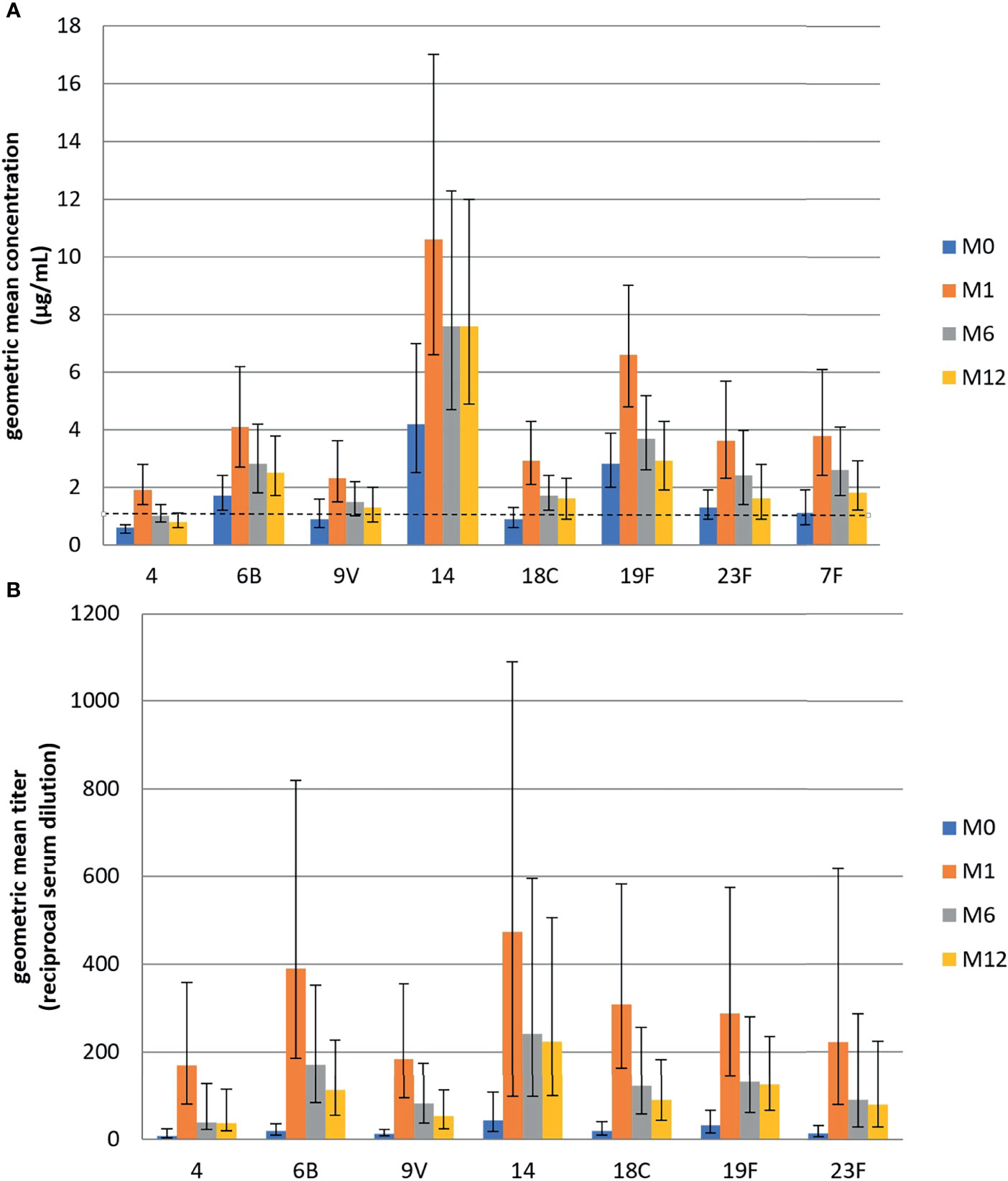

The DL CC will only be incremented once, and if still no EC-PACCH is received from the network, the device will leave the EC TBF and return to idle mode.Ĭoordinated link adaptation is about using information related to transmission decisions of neighboring transmission points in the link-adaptation process, that is, in the decision with what data rate to transmit on a given resource. The same CC adaptation is of course needed at the base station and is also based on the most recent FUA assigned to the device. In short the device will increment its assigned DL CC if no DL EC-PACCH block has been received within a (configurable) time from the previous FUA. To make the system robust against this type of event, a timer-based CC adaptation is (optionally) deployed. However, when starting to operate in coverage conditions more challenging than the associated control channel has been designed for, the device might end up in a situation where it is in a less robust CC than needed for the current conditions, but it cannot adopt its CC because the network cannot assign a more robust one due to a failing control channel. The associated control channel is used to transmit the channel quality report, and it is also the channel used when a new MCS is commanded. For the more traditional MCS link adaptation described above, there is always an associated packet control channel (EC-PACCH) to the EC-PDTCH where the link adaptation information is carried. Such additional information could, for example, be estimations of interference levels in the network and BLER estimations based on the reported Ack/Nack bitmap.Ī further functionality related to link adaptation is the CC adaptation in Packet Transfer Mode (in idle mode there is also a CC adaptation on the EC-CCCH, see Section 3.3.2.2). It is however reasonable to believe that a similar estimation as provided by the device, also exist in the base station.Īn efficient link adaptation implementation would furthermore make use of all information available, i.e., not only the channel quality report from the device. The corresponding UL link adaptation in the base station is left to implementation, and there are no requirements on measurements by the specifications. On the device side, the channel quality report can be multiplexed with the Ack/Nack reporting sent on the UL EC-PACCH. That is, the network can decide when, and how often, a report should be requested.
#After effects 2014 cc 13.2 ul.to code
A channel with a large diversity will benefit more from using MCSs with a lower code rate, while if a low standard deviation is experienced, MCSs with higher code rate will be more suitable.Ī channel quality report for the purpose of updating the DL link adaptation is requested from the network on a perneed basis. The reason to, in addition to the mean, also estimate the standard deviation is to get an estimate of the variations of the channel.

In case blind repetitions are used the MEAN_BEP and CV_BEP are calculated after the combination of any blind repetitions. In addition to the signal level estimation or SINR estimation the device also reports an estimation of the mean ( MEAN_BEP) and standard deviation ( CV_BEP) of the raw bit error rate probability of the demodulated bursts over the radio blocks transmitted on all channels (TSs) assigned to it in the DL. From the C-value reported the network will hence get an understanding of the signal level or SINR level experienced at the receiving device. The C-value is filtered over time and can either be signal level-based (RLA_EC, see Section 3.3.1.1) or SINR-based (SLA, see Section 3.3.1.4), as indicated by the network in EC SI. For EC-GSM-IoT link adaptation also involves the adaptation of the CC used.įor the network to take a decision on the appropriate DL MCS, the device is required to continuously measure (and potentially report) what is referred to as a C-value on EC-PDTCH and EC-PACCH blocks addressed to it (where it finds a TFI value matching the assigned value). Link adaptation is the means where network adapts the MCS transmitted (DL), or instructs the device to adapt its MCSs (UL).

Joachim Sachs, in Cellular Internet of Things, 2018 3.3.2.3 Link Adaptation


 0 kommentar(er)
0 kommentar(er)
